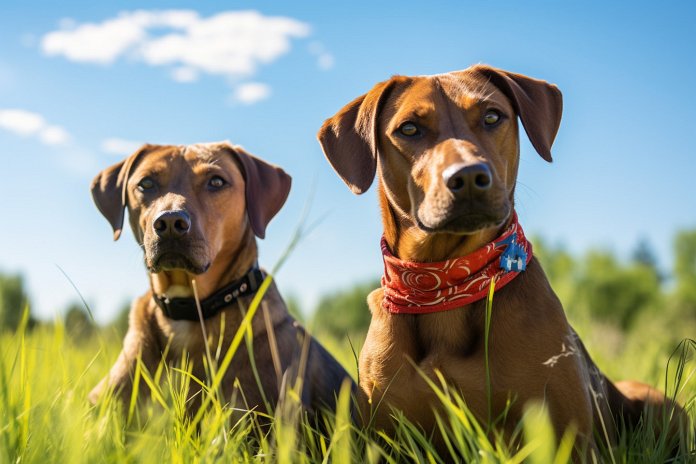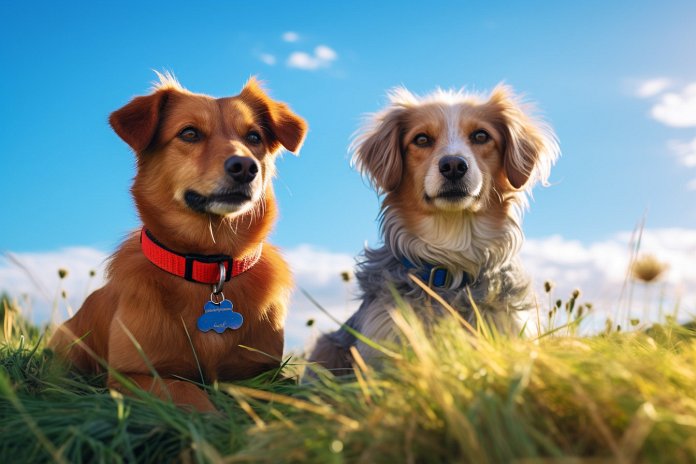
Envy is a natural emotion that many people experience for various reasons. We may feel envious because our friends have things we want, envy someone’s financial or general lifestyle, or feel envious of someone’s appearance. Many dog owners wonder if their pets can feel envy in the same way humans do. Dogs can feel envy in their own way, although they don’t have a concept of envy like we do.
Signs of Envy in Dogs
Dogs don’t envy material possessions like a new TV, but they can feel emotions and attention-related envy. For example, if a new baby or pet is brought into the household, a dog may become envious or jealous. Signs of envy in dogs include trying harder to get attention, growling or snapping around the new pet or baby, becoming distant, and disobedience. Envious dogs may also display signs of envy through body language, such as tail tucking and ears dropping.
Other signs of envy in dogs include loss of appetite, being destructive, ignoring the owner, and being distant. These signs may indicate that the dog feels threatened, fearful, or upset due to the cause of the envy.
History of Dogs Feeling Envy
Research into canine emotions has shown that dogs can feel emotions that upset them and make them act differently, similar to humans. However, dogs don’t have a concept of envy or jealousy, so it’s unclear if they can feel envy in the same way. Some scientists believe that dogs lack the cognitive processes to feel these complex emotions, while others believe dogs can feel something related to fairness and how they are treated compared to others.
Science Behind Dog Envy
Recent research suggests that dogs can feel a certain form of envy. They may display signs of envy if they feel other household pets are receiving more food or attention. Behavioral changes have been observed in dogs when they feel jealous or that they aren’t being treated fairly compared to another pet or person.
Helping Your Pooch to Overcome Envy
Training dogs not to be envious is challenging because emotions can’t be controlled. However, addressing the underlying problem can help. If a new pet or baby is causing envy, give your dog attention and affection to make them feel included. Gradually introduce the new addition to your dog and ensure fair treatment when it comes to toys, food, and affection. If a new partner is taking up your time, involve them in activities with your dog to prevent envy and resentment.
“Addressing Envy in Dogs: Understanding and Managing Canine Emotions”

Tips & Things to Know
1️⃣ Understand that dogs can feel their own version of envy, but it is not the same as human envy. Dogs may become envious or jealous when attention is diverted to a new pet, baby, or person.
2️⃣ Look for signs of envy in your dog’s behavior, such as trying harder to get attention, growling or snapping around the source of envy, becoming distant, or displaying disobedience.
3️⃣ Help your dog overcome envy by addressing the underlying issue causing the jealousy. Give your dog extra love and attention, gradually introduce them to the source of envy, and make sure they are treated fairly in terms of toys, food, and affection.
Frequently Asked Questions, Answered ✅
1. How do dogs show signs of envy?
– Dogs may try to get more attention, growl or snap at new pets or babies, become distant, or become disobedient.
2. Can dogs feel envy in the same way humans do?
– No, dogs do not have the same concept of envy as humans, but they do feel their own versions of envy and jealousy.
3. What are some signs of envy displayed through a dog’s body language?
– Some signs include tail tucking, ears dropping, whining, loss of appetite, being stand-offish, and avoidance.
4. Can dogs stop obeying orders if they feel envious?
– Yes, an experiment showed that an unrewarded dog became envious and stopped obeying the trainer’s orders.
5. How can dog owners help their dogs overcome envy?
– Dog owners can address the problem causing envy, give their dogs extra attention and affection, gradually introduce new pets or babies, treat their dogs fairly, and involve new partners in caring for the dog.